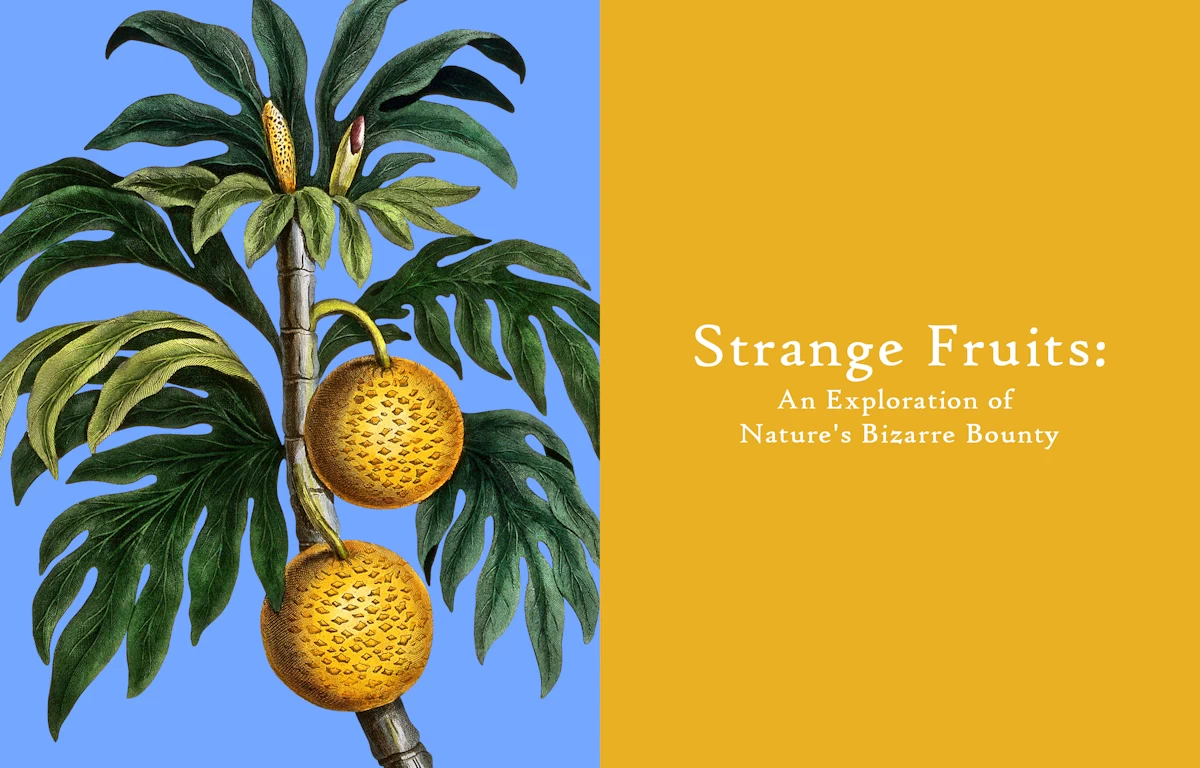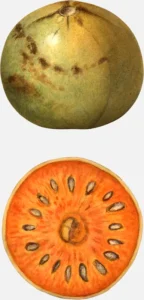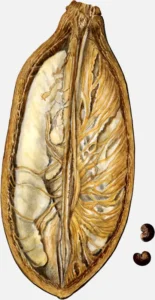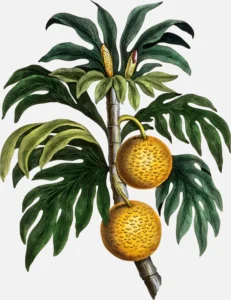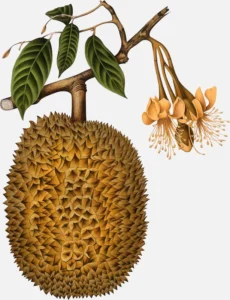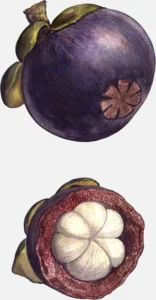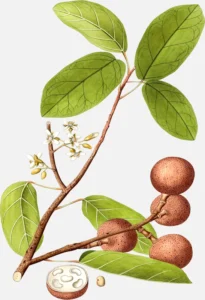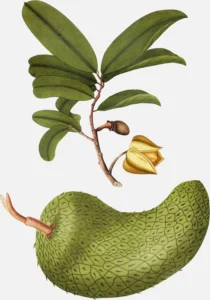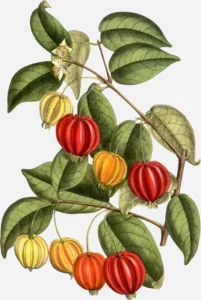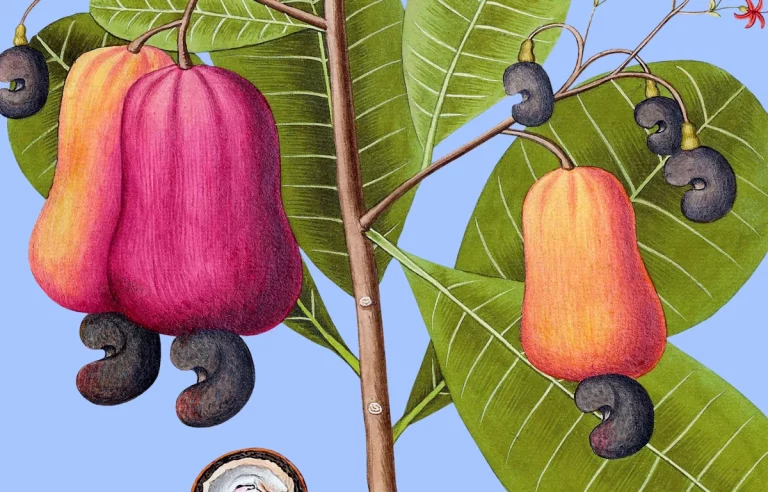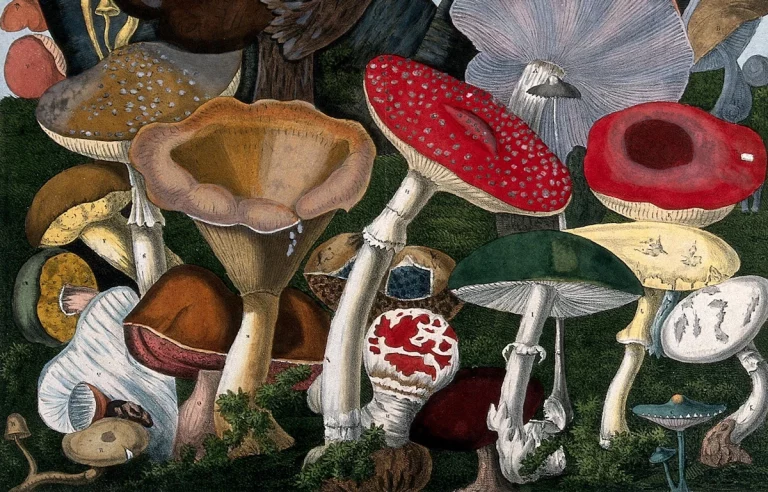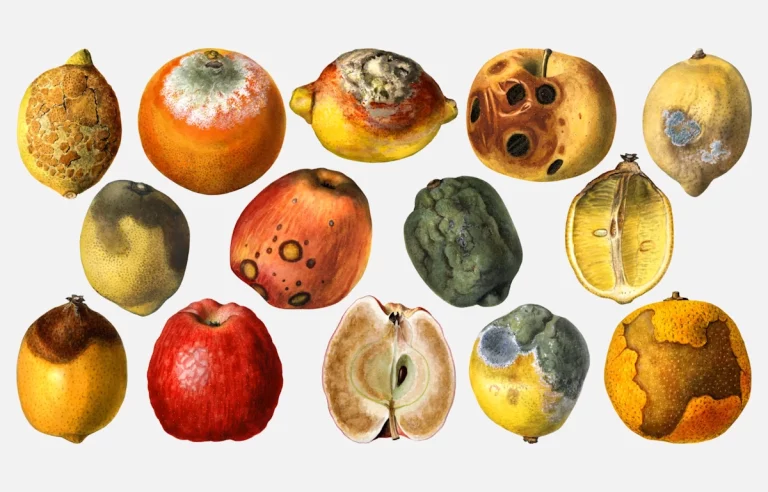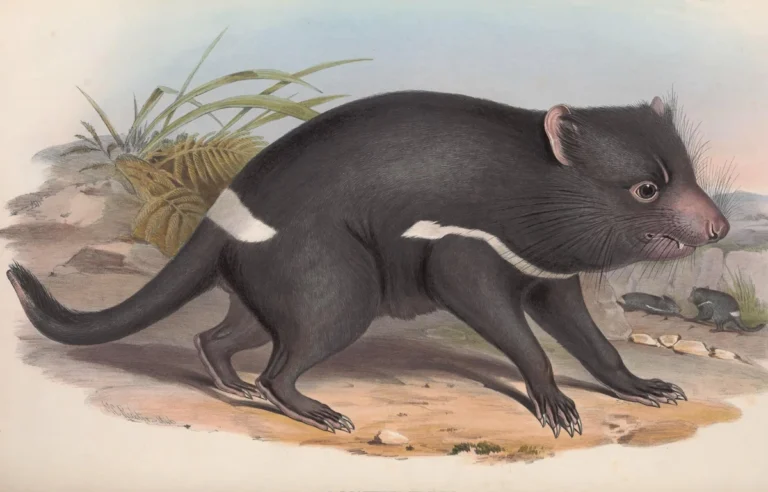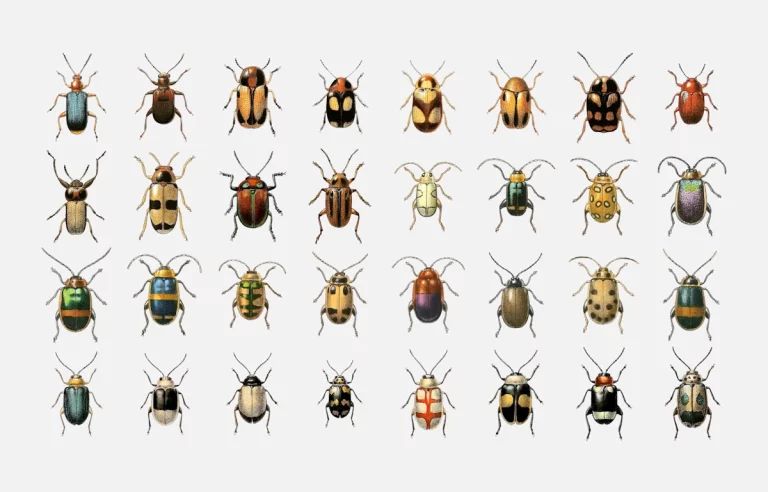Strange Fruits: An Exploration of Nature's Bizarre Bounty
The world of fruits is vast and varied, with each offering unique flavors, textures, and appearances. While many are familiar with common fruits like apples, bananas, and oranges, there exists a category of strange and exotic fruits that captivate the adventurous eater. This article delves into eight such fruits: bael, baobab, breadfruit, durian, mangosteen, ratapple, soursop, and Surinam cherry.
1. Bael (Aegle marmelos)
Bael, also known as wood apple, is a native fruit of India. It grows on the bael tree, which is considered sacred in Hindu culture. The bael fruit has a hard, woody shell that requires a hammer to crack open. Inside, the pulp is aromatic and has a sweet, tangy flavor. It is rich in vitamins A and C, fiber, and various minerals.
Bael is often used in traditional medicine for its digestive and anti-inflammatory properties. In culinary uses, it is commonly made into a refreshing drink known as bael sherbet, especially popular during the hot summer months. The fruit is also used in making jams, chutneys, and candies. Its seeds are used in various medicinal concoctions, and the leaves of the bael tree are used in religious rituals, particularly in the worship of Lord Shiva.
2. Baobab (Adansonia)
The baobab fruit comes from the iconic baobab tree, often referred to as the “tree of life.” Native to Africa, the baobab tree can live for thousands of years and has a unique, swollen trunk. The fruit is a large, gourd-like pod filled with a dry, powdery pulp that is exceptionally rich in vitamin C, antioxidants, and essential minerals like calcium and potassium.
Baobab fruit has a tangy flavor reminiscent of citrus and is often used in smoothies, cereals, and baked goods. It is also praised for its health benefits, including boosting the immune system, improving skin health, and aiding digestion. The pulp can be dissolved in water or milk to make a refreshing drink, and it is also used in making sauces and sweets. Additionally, baobab seeds can be roasted and ground into a nutritious flour, and the leaves are used in cooking and traditional medicine.
3. Breadfruit (Artocarpus altilis)
Breadfruit is a tropical fruit native to the South Pacific and is a staple food in many tropical regions. It grows on the breadfruit tree, which belongs to the mulberry family. The fruit is large, round, and has a green, bumpy skin. When cooked, breadfruit has a starchy texture and flavor similar to freshly baked bread, hence its name.
Breadfruit is highly nutritious, providing a good source of carbohydrates, fiber, vitamins, and minerals. It can be boiled, roasted, baked, or fried, and is often used in savory dishes, stews, and even desserts. Breadfruit can also be dried and ground into flour, which is used to make bread, pancakes, and other baked goods. In some cultures, the seeds of breadfruit are roasted and eaten as snacks. Breadfruit trees are highly valued not only for their fruit but also for their wood, which is used in construction and boat building.
4. Durian (Durio zibethinus)
Durian, often referred to as the “king of fruits,” is notorious for its strong, pungent odor that can be off-putting to many. Native to Southeast Asia, durian has a spiky, thorn-covered husk and contains large, creamy pods of flesh inside. The flavor of durian is complex, combining sweet, savory, and slightly bitter notes.
Despite its smell, durian is highly prized for its rich, custard-like texture and is used in a variety of dishes, from desserts to savory meals. It is also a good source of energy, vitamins, and minerals. Durian is often eaten fresh but is also used in making ice cream, cakes, candies, and traditional Southeast Asian dishes. Its seeds can be roasted or boiled and eaten, and the leaves and roots of the durian tree are used in traditional medicine. Durian has a cultural significance in many Southeast Asian countries and is often the subject of festivals and culinary competitions.
5. Mangosteen (Garcinia mangostana)
Mangosteen, often called the “queen of fruits,” is a tropical fruit native to Southeast Asia. It has a thick, purple rind and contains juicy, snow-white segments of flesh inside. Mangosteen is revered for its sweet and slightly tangy flavor, which is often described as a mix of lychee, peach, and strawberry.
Mangosteen is rich in antioxidants, particularly xanthones, which have anti-inflammatory and anti-cancer properties. It is enjoyed fresh, in juices, or as part of various desserts. Mangosteen is also used in traditional medicine to treat various ailments, including diarrhea, urinary tract infections, and skin conditions. The rind of the mangosteen fruit is dried and ground into a powder, which is used in herbal teas and supplements. Mangosteen trees are slow-growing and require specific climatic conditions, making the fruit relatively expensive and highly valued.
6. Ratapple (Solanum mammosum)
Ratapple, also known as nipplefruit or titty fruit, is a bizarre-looking fruit native to South America. It belongs to the nightshade family and is related to tomatoes and eggplants. The fruit is yellow-orange with protrusions that resemble teats, giving it a distinct and unusual appearance.
While ratapple is not typically consumed due to its bitter taste, it is often used in traditional medicine and for ornamental purposes. It is believed to have anti-inflammatory properties and is sometimes used in folk remedies. In some cultures, ratapple is used in rituals and as a decorative element in homes and gardens. The plant itself is toxic if ingested in large quantities, so it should be handled with care. Despite its unpalatable taste, ratapple’s unique appearance makes it a popular choice for ornamental arrangements and botanical displays.
7. Soursop (Annona muricata)
Soursop, also known as graviola or guanabana, is a tropical fruit native to the Americas. It has a spiky green skin and soft, white flesh with a flavor that combines strawberry, pineapple, and citrus. Soursop is highly aromatic and has a creamy texture.
This fruit is rich in vitamins C and B, fiber, and antioxidants. It is often consumed fresh, made into juices, smoothies, and desserts, or used in traditional medicine for its potential anti-cancer and anti-inflammatory benefits. Soursop leaves are also used in herbal teas and medicinal extracts, believed to help with ailments such as insomnia, hypertension, and parasitic infections. The seeds of soursop, however, are toxic and should not be consumed. Soursop is enjoyed in many tropical countries and is often found in markets and roadside stands, where it is sold fresh or made into refreshing beverages.
8. Surinam Cherry (Eugenia uniflora)
Surinam cherry, also known as pitanga or Brazilian cherry, is a small, ribbed fruit native to South America. The fruit can range in color from bright red to deep purple and has a sweet-tart flavor with a hint of resin. It is often eaten fresh or used in jellies, jams, and beverages.
Surinam cherry is rich in vitamin C, antioxidants, and several essential minerals. It is also used in traditional medicine for its antiseptic and anti-inflammatory properties. The leaves of the Surinam cherry tree are used in herbal teas and as a natural insect repellent. The fruit is commonly found in tropical and subtropical regions and is often grown in home gardens for its ornamental value and delicious fruit. Surinam cherry is also used in culinary dishes, adding a unique flavor to sauces, salads, and desserts.
Conclusion
The world of strange fruits offers a fascinating glimpse into nature’s diversity and ingenuity. From the pungent durian to the regal mangosteen, each fruit has its own unique characteristics and potential health benefits. Exploring these exotic fruits not only broadens our culinary horizons but also connects us to the rich cultural and traditional practices of the regions where these fruits originate. So, the next time you come across one of these unusual fruits, don’t hesitate to give it a try—you might just discover a new favorite!
In addition to their culinary and medicinal uses, these fruits often hold cultural significance and play important roles in the traditions and folklore of their native regions. By learning about and appreciating these strange fruits, we can gain a deeper understanding of the world’s biodiversity and the myriad ways in which nature provides for us. Whether you’re a food enthusiast, a health-conscious individual, or simply someone curious about the natural world, the exploration of strange fruits promises a rewarding and enlightening experience.


